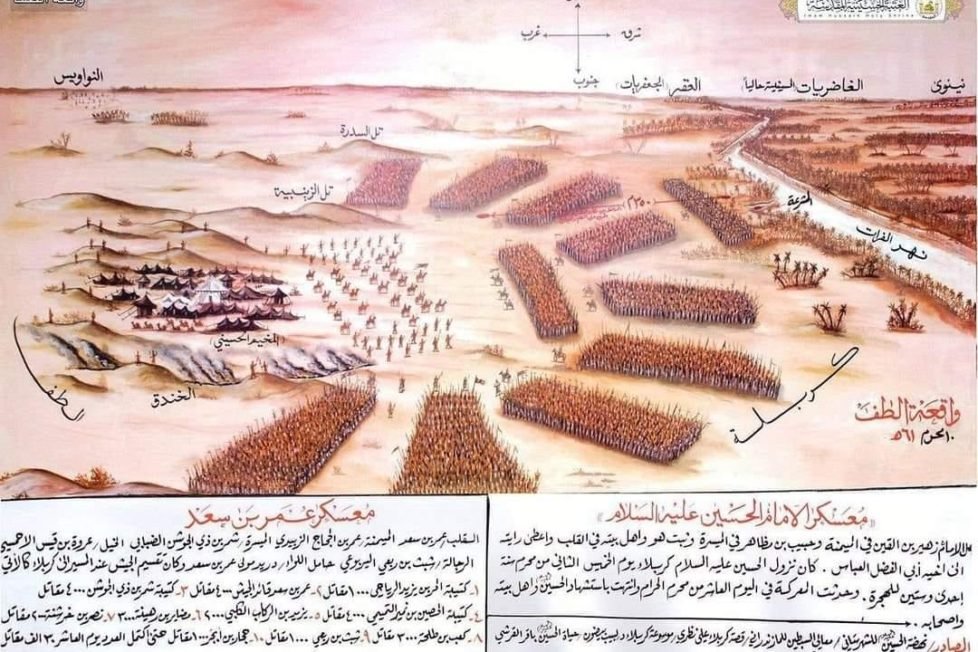Muharram: The Origins of Shia Sunni Split in Islam


The great great grandfather of prophet Mohammad was Abd Manaf (circa 400 AD) from the Banu Quresh tribe. Banu Quresh was the custodian of Kaaba. As hundreds of idols were housed in Kaaba and as it was also at the intersection of trade routes, several caravans would make a stop-over, make donations to the idols, buy goods and services and hold trade fairs adding considerably to the wealth of the merchants of Mecca.
DISCLAIMER: The author is solely responsible for the views expressed in this article. The author carries the responsibility for citing and/or licensing of images utilized within the text.
